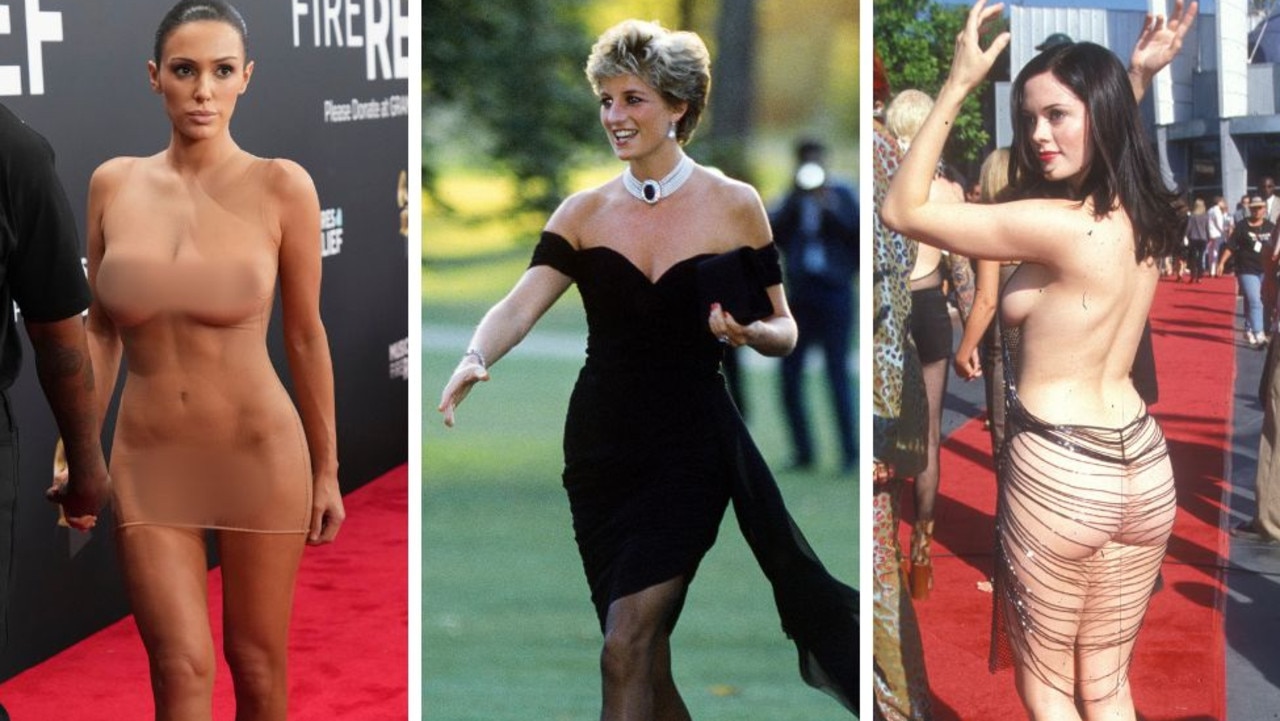And can we please talk about good design? | Sandy Verschoor
If Adelaide is going to hit its population milestone, it’s going to need this blast from the past, writes Sandy Verschoor.

Opinion
Don't miss out on the headlines from Opinion. Followed categories will be added to My News.
How well do you remember 1996?
That was the year Paul Keating was defeated by John Howard in a hotly contested federal election. Michael Jackson played at Adelaide Oval (Yes, I was there!), the Vics stole our Grand Prix and Barrie Kosky breathed new life into the Adelaide Festival – heralded with a burning Hills Hoist.
It was also the last time the Adelaide City Council had a City Plan.
Of course, the first city plan was a radical piece of work by a young illegitimate Malay-born Colonel, sent to the colonies as the surveyor general with the enormous task of choosing a site for the capital and surveying town and country landholding for the first settlers.
So, what exactly is it? And why do we need one now, after more than 26 years? Simply put, a City Plan is a 10-year spatial vision to plan for and shape Adelaide’s future.
With a new statewide Planning and Design Code implemented, I believe it is more important than ever that we as a city are able to curate our city precincts – be they retail, residential, commercial, or recreational – and determine how our city will evolve in the coming decade.

In April, ACC chief executive Clare Mockler and I announced work had started on the first City Plan in more than 25 years, to be delivered early in the next term of the council.
Great cities are designed for people. We’ve heard many arguments about the economic imperative for population growth. However, if we truly have an ambition to increase our city population to 50,000 by 2040, then we have to plan for it.
How are more people going to access and move through the city?
If we have more children in the city, will we need schools, services and playgrounds?
How far away is anyone to the green, open space of our parklands? What cultural infrastructure – theatres, libraries, community centres, city sheds – is needed and where should it be located?
Complex layers of data and future projections are needed to plan our response to the challenges and opportunities of the 21st century including climate change, greening, waste, movement, integrated transport, access, affordable housing and, of course, safety.
We have to learn how to live with the effects of the global pandemic and its impacts on our way of life, from working remotely to the changes to the way people engage with retail and services. It’s absolutely imperative we get together and talk about the future we want.
We need to draw on the strength and clarity of Colonel Light’s plan for our city and embrace the lessons from our First Nations people as we build a beautiful and connected city for everyone.
Adelaide is the world’s only “city in a park” surrounded by 760ha of our magnificent parklands, and as our city grows we need to ensure everyone has access to open, green space. We need to connect to and care for country and plan not just for ourselves and our children, but our children’s children and beyond.
This means climate adaptation and mitigation must be foremost in our thinking, including increasing renewable sources of energy, more greening and adopting a zero-waste mindset.
A City Plan will address land use, defined precincts, strengthening our heritage protection, building design and efficiency, density, traffic and parking.
Our Main Street concepts for Hindley, Melbourne, O’Connell and Hutt streets, as well as the Market District, all based on data including footfall, vehicle traffic, retail spend, will feed into the plan.

And can we please talk about good design?
We have seen an explosion of cranes across the city in recent years – a boon in economic development and vibrancy – but how many of these new buildings are we going to look at in decades time and wonder at their architectural merit?
We have a dedicated office of design and architecture – why not empower them to make the final decisions on large-scale development design? Let’s drive a complete transformation in design outcomes of our city scapes guided by the Plan.
As a Festival City, with an incredible year-round program of events that draw hundreds of thousands of people to the city, our city needs to be “event ready”. We need clearly defined entertainment precincts that seamlessly transform from day to night: Street parties, nightclubs, pubs, events, outdoor dining, amphitheatres and plug'n’play spaces – a City Plan will deliver this.
Ultimately, it’s about balancing growth with protection of those assets we truly value and to project how our city might transform with new technologies, imagination, innovation and forethought.
It will give confidence to residents, businesses and investors to commit to future projects and initiatives across the city and embrace all of the opportunities a dynamic capital city should offer.
This is the personal opinion of Adelaide City Council Lord Mayor Sandy Verschoor




